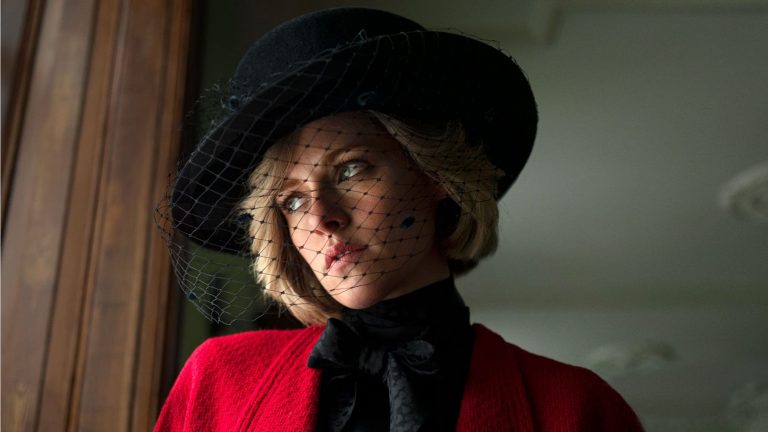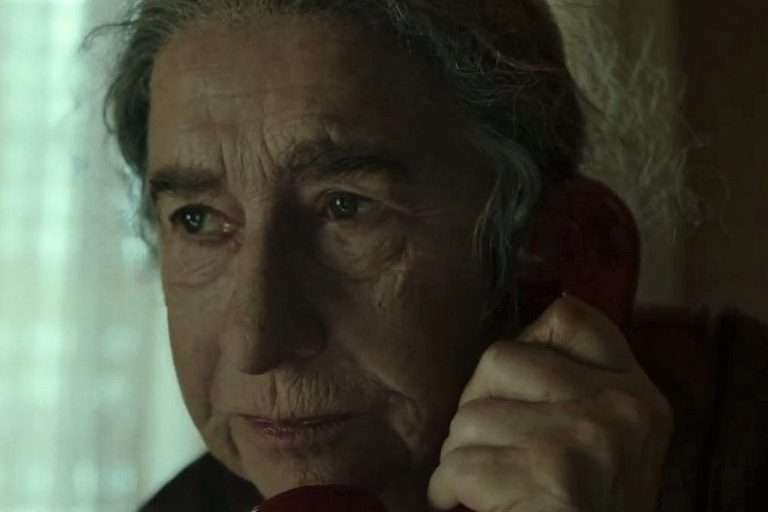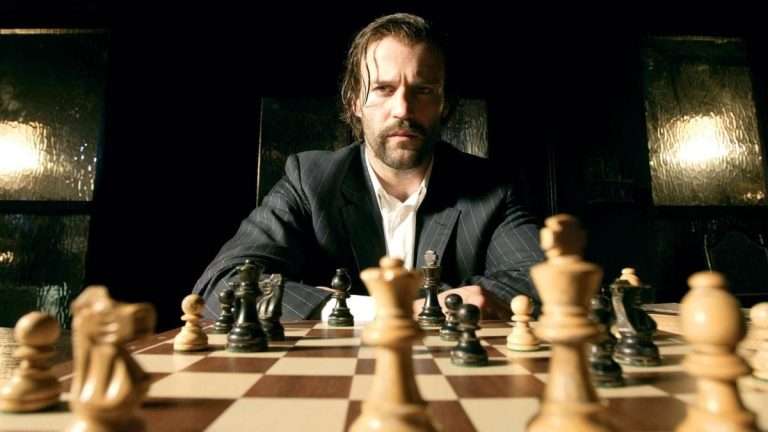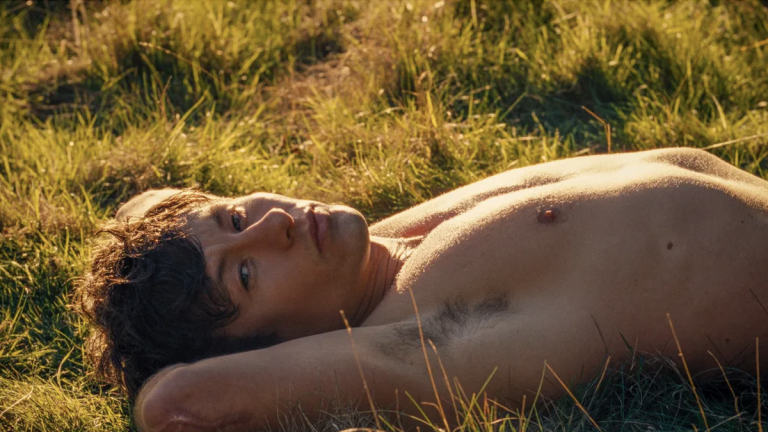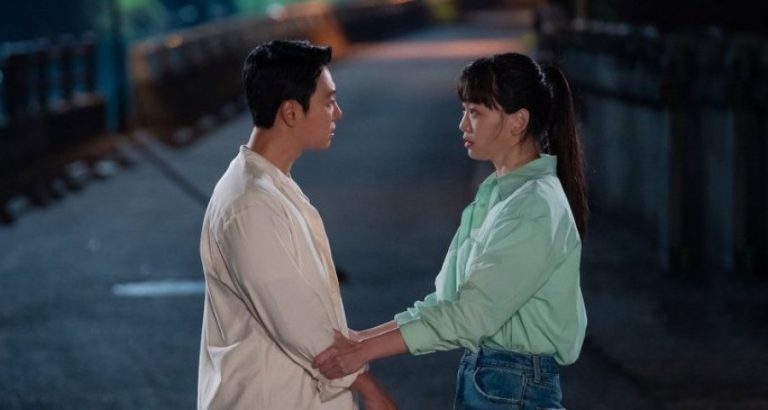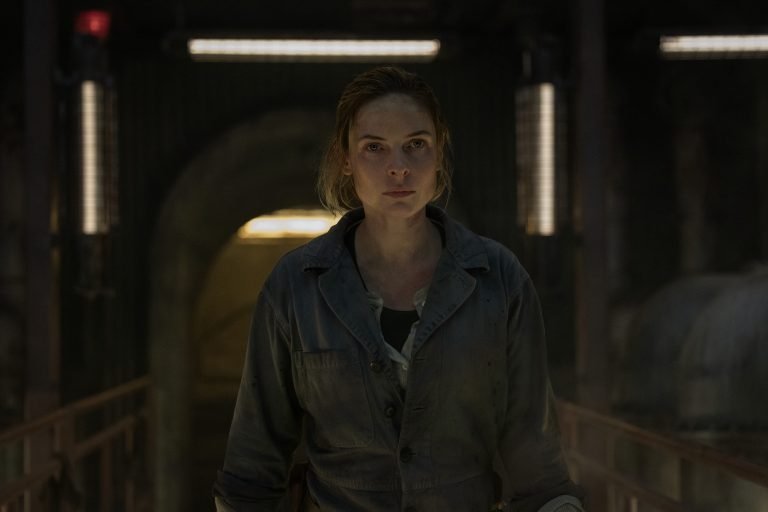Bardo, False Chronicle of a Handful of Truths Ending, Explained: Alejandro G. Iñárritu has earned enough cinema credit to turn conventions, genres, and the entire experience of watching a film upside down. And to be fair, he often does. It is now available to stream on Netflix but watching the film is not an easy task. Bardo revolves around Silverio’s riveting homecoming to Mexico with his family. But the film certainly begins as Silverio starts remembering and doubting. The autobiographical parallels with its creator are obvious, but according to Iñárritu, Bardo transcends any labels that try to “simplify its imagination & ambition.”
Related: Bardo Review: Innaritu’s Cinematic Treachery Is Grand, Remarkable, And Forgettable
Due to its global ideas and dream-like structure, Bardo is always two steps ahead of the viewer. Grasping the enormity of Inarritu’s compelling experiment is a jostling task that you struggle with even after you have finished watching it. Even though one should concede that there are some films that must only be experienced and taken at face value and not be dug into, there still has to be something tangible you take away from the story.
To make the task easier, we are here with Bardo’s ending explainer, which also covers all the basic plot points and ideological questions that Inarritu poses. It might not be completely accurate, given the uncertainty in the execution of Bardo. But it will surely make digesting the movie easier for you.
Bardo Plot Synopsis

So, Bardo is the story of Silverio, a decorated journalist turned documentarian, who is in Mexico to receive an award for his work. He has come with his family, Lucia (wife), and children, Lorenzo and Camila. There are a few in the industry who feel that Silverio is a mouthpiece e of the capitalist West, sent to convince the people to accept Amazon’s purchase of Baja California. In spite of his status and professional success, Silverio feels unfilled and suffers from imposter syndrome. He starts questioning everything and experiences a distorted reality where his fears, dreams, and reality all converge in a surrealist fashion. Surrealism births the many moments of oddity we see in the film. Like him talking with Lucia with his mouth closed, him being able to mute Luis when he talks badly about him, and Silverio jumping and flying in the sky in a desert.
What is the meaning of the opening shot in the desert?
The opening shot of Bardo is connected with what happens in the ending. It is, of course, metaphorical and a creative innuendo used by Inarritu to portray the dual-edged sword of reality and fiction. Bardo is a combination of both these imagined crevasses of storytelling. Telling one from the other is an arduous task. At times, they seem to complement each other, fitting perfectly in each other’s gaps. Other times, they seem like anomalies and like the glitch in the Matrix. When you take into account the ending plot twist, the first scene in the desert will confirm that the man is Silverio himself. Why does he run and fly like superman and then not come down after the final jump? Read the ending explainer segment and come back here. And keep in mind the meaning of the title: the existence between death and rebirth.
Does Mateo die in childbirth?
Yes, the first scene confirms that Silverio and Lucia’s child died during the birthing process. It is Inarritu’s creativity that expresses the sorrow of the moment in a different way because of how Silverio remembers it. We actually see the doctors deliver him, and he is alive. But just in the next sequence, we see them lean like the baby is trying to say something and then declaring that “he wants to go back in”. Refusing to live in this messed up world, young Mateo is fitted back into his mother’s womb, just like he came out. The mother’s umbilical cord is still attached to the room, showing how she has not been able to let that go.
Silverio has morphed the way he remembers the incident to soften the blow. In various scenes, we see him looking at a giggling Mateo looking at him intently. Those moments reflect the grief of a parent having lost a newborn. Even with everything at his disposal, his son could not be saved, signifying that money cannot buy everything. The ruse that the “baby wanted to go back in due to the messed up world” is an expression of Silverio’s left-leaning worldview. The liberal inside him dictated that thought process to ensure he can take refuge in the fallacy that Mateo did not come into this world of his volition.
Why does the Ambassador want to change Silverio’s speech, and why does Luis detest Silverio?
Both these points are connected. In fact, when you read the ending explainer segment, you will realize that all of what you see in these two instances is not completely true. And also that each of those segments carries a deeper meaning than just their representations. Let’s dive in.
He meets the ambassador at the start of the film. Silverio goes on an invitation, and Jones makes it very clear what his motives are. Before, over the news, we hear that Amazon is buying up the Mexican state of Baja California and that it has the blessings of the American government. Presidents of both the country have hinted that they are in favor of the deal going through to “mutually benefit” the countries. However, there is a sense of skepticism in the hierarchy that the masses will not take it kindly. They have already started protesting the move. Silverio, being an influential voice of Latin America and having established credibility among the people, is the right man to convince them.
Jones asks him to alter the speech he will write to talk about the deal and in return, Silverio will get an exclusive interview with the POTUS in the Oval Office. The journalist gets indignant at the request and seems he will not comply. Compare that to the sequence where we see him on Luis’ talk show, an important perception of the “institute of public humiliation”, as Silverio calls the media, comes out. In this digital world of clicks, impressions are created in a similar way that certain people are lynched in the people’s court with a mob mentality.
That court has become an omnipotent institution, incapable of rational thinking and being objective and neutral. It slices those individuals against whom an agenda is circulated through various social media posts. Silverio is a victim of the smear campaign, although with some sense of the truth of hypocrisy. And by the way, Silverio does not attend Luis’ talk show. His wife is furious as he had promised to go, but he imagined what would happen to it and bailed.
How is Mexico portrayed in Bardo?
This is one of Inarritu’s first films in Mexico in this decade. And the reason why this segment is significant is because of the attached sentimental value and how Inarritu tries to “go back to his roots” through the film. There are many instances in the film, visually and in dialogue, that uncover Inarritu’s homage to and recollection of Mexico’s chequered past. The treacherous manner in which he convoluted the assessment makes it hard to identify its exact meaning. The first is through his documentaries about immigrants compelled to leave the country due to social, political, and economic triggers. In a conversation with Lorenzo, we saw him concede that people like them were “first-class immigrants”, having the luxury and privilege to choose their entries, stays, and exits.
Even in the glimpses of his documentary material in the movie, Silverio comes across as the lucky lowlife who escaped the clutches of poverty and never looked back. His status now protects him from all the frailties that threaten the existence of those immigrants. There still exists a class hierarchical structure that is exploitative in its functioning. Its foundations are fallible only to the pens of those who wrote the history books. And Mexicans are quite good at sweeping things under the rug. This expression manifests in the recreation of the war scene, the second instance in Bardo, where we see Mexicans in a heroic fabric.
The falsified version of history we see gives a chilling account of the kind of lies spread among people to keep them hooked on unnecessary issues. Governments use the power of media, representation, and impression to wipe out the country’s consciousness and memory to insert one of their own that the people are forced to believe and embrace. The third one is talking to Hernan Cortes, the Spanish conquistador that many credited with colonizing Mexico for Spain. He stands on a pile of dead bodies and insists he was only trying to help and that he has been unfairly blamed for Mexico’s struggles. And lastly, when Camila herself asks to settle in Mexico, Silverio refuses her to do so.
Bardo Ending Explained
The ending was like Birdman in many ways. Even with the way it started, Inarritu’s 2014 masterpiece strikingly came to mind. When Lorenzo revealed to his dad that his pet was killed in the bag when he tried to port from in the plane, Silverio bought a new axolotl. In the LA metro, he suffers from a stroke. The bag of water collapses on the ground, and the water fills the cabin, just like we saw at the start of the movie. After spending hours on the train unconscious, Silverio is discovered by a worker and taken to the hospital. This explains that scene in the middle when Silverio walks into a bustling city crowd, and a woman falls from the top, unable to move. No one helps her, and she is branded as “someone who will neither return nor be found.” Exactly what Silverio’s condition is right now.
It is revealed that Silverio was comatose for the entire duration of Bardo. The whole thing was a coma-induced fever dream. It was a semi-accurate recollection of the past few days, but it was influenced by the conversations around his bed and television in his hospital bedroom. His family moves him back to Mexico, where his treatment continues, and his daughter Camila accepts the prestigious journalism award on his behalf from the stage in Los Angeles.
This also explains the phenomenon where we felt that Silverio was following someone – probably himself or the memory of him having lived a moment in the past. Details seemed fuzzy and disoriented. The specifics were inaccurate, and most of what we saw was a regurgitated version from his memory palace. The “other” Silverio is relieved to note the reality. He smiles when he sees his family in the hospital room. In his imagination, the documentarian returns to the desert, where we first saw him in the movie. Just like himself, he meets the other “dead” parts of his family tree, including his mother and father.
We saw both of them earlier in the film. His mother, in the childhood home, and his father, in the bathroom of the event where he had to give that speech. There is a voice in the back of his head from the current family members who try to call him back. “There is nothing for you here,” he responds. He begins to leap through the air again. Once again, he jumps so high that he does not come back down to earth. With that, the movie ends.
This would perhaps explain all the abstract and unrelatable qualities of these scenes, for they were all taking place inside the heated mind of the suffering journalist. There is no extension of that ending, and we cannot say for sure whether Silverio lived or not. It is exactly like Michael Keaton’s character in Birdman. To answer the question, no, the entire movie does not take place in Silverio’s head. It is difficult to litmus test the truth from the fiction, but a revisit of the film confirms that some of those moments were reality, and the other chronicles were a “handful of lies.”



